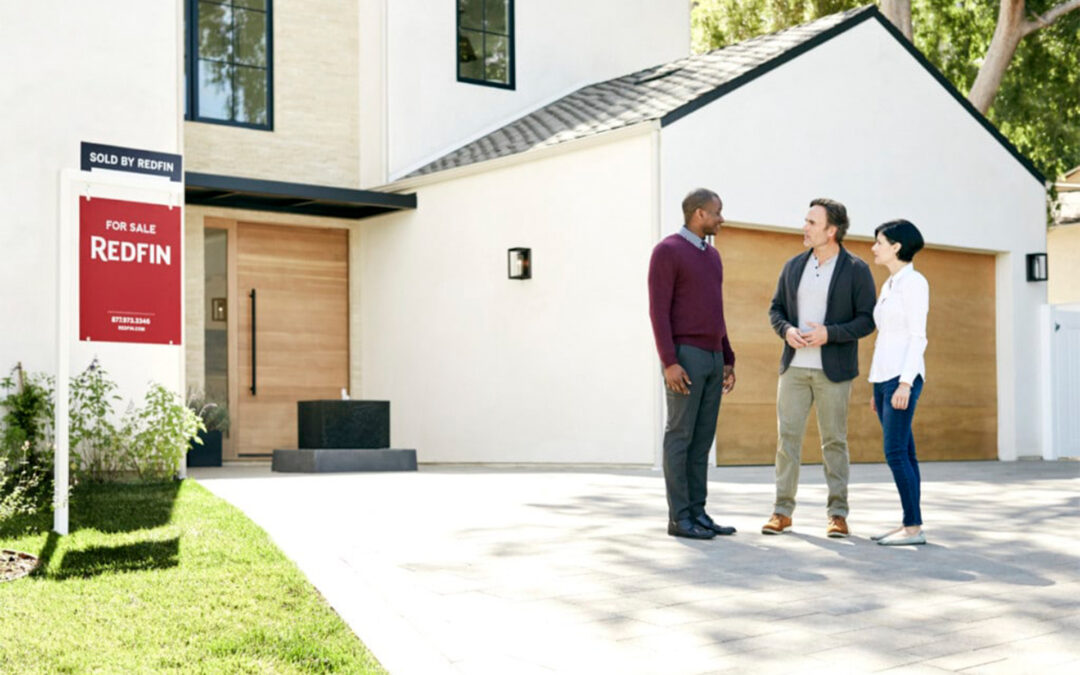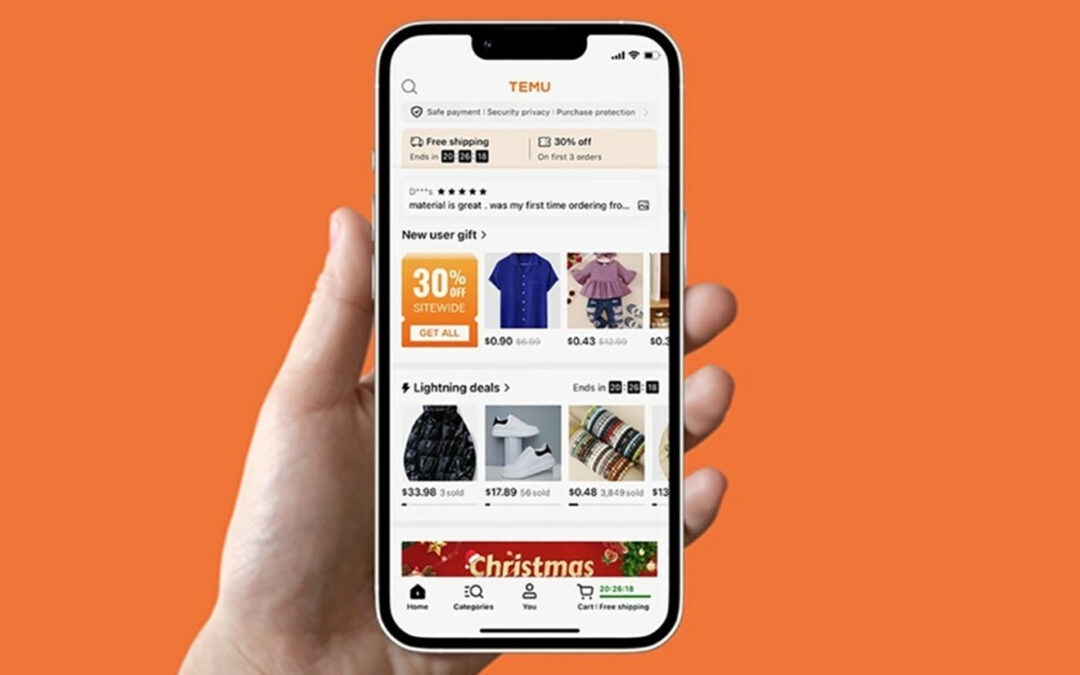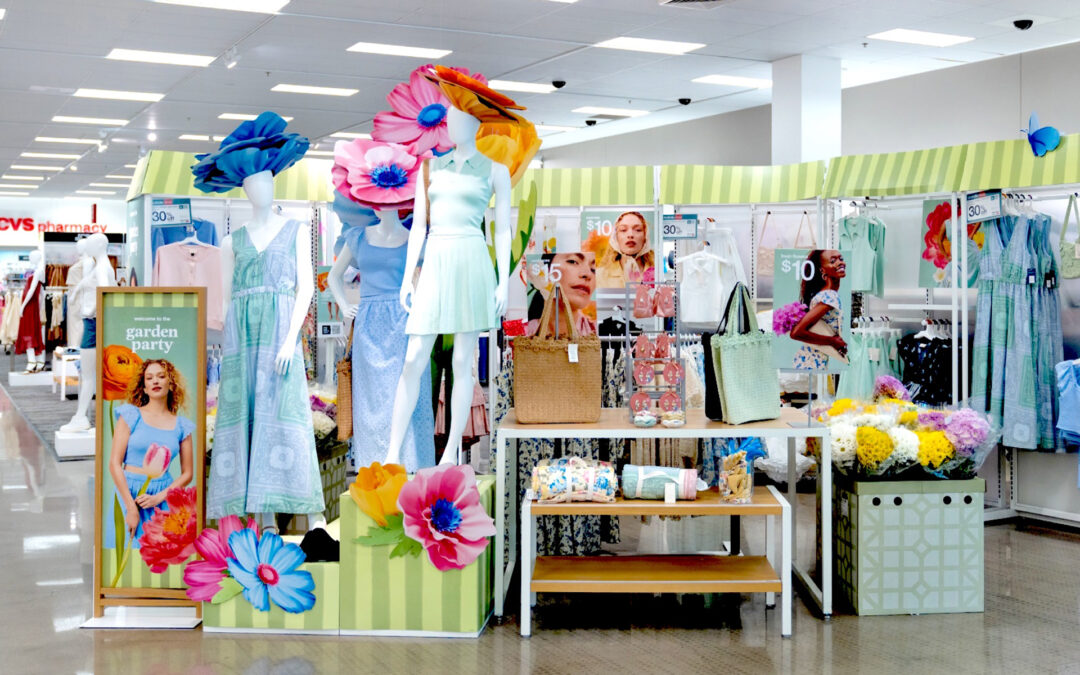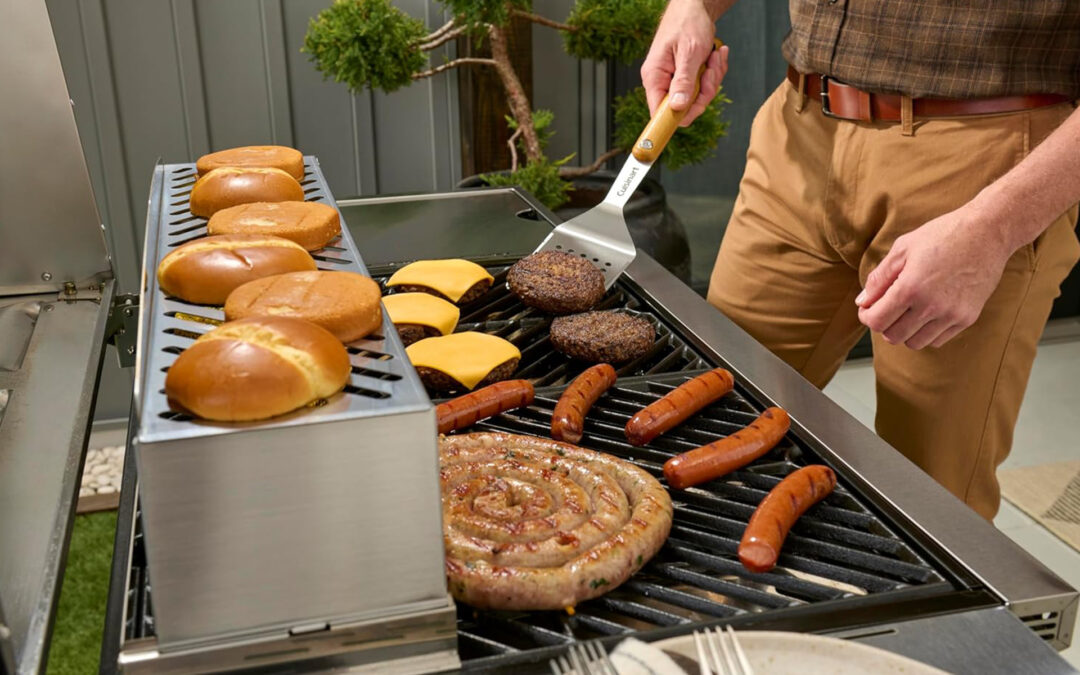Retail is changing and a range of market research indicates that its direction is to give consumers more choice.
According to the Adobe Digital Economy Index, online spending in the United States grew 8.6% in the November 1 to December 31 period to an all-time high of $204.5 billion with 2021 online spending reaching a record $855 billion.
Bringg, a delivery and fulfillment cloud platform provider, has released a study of 500 enterprise retailers in the United States, United Kingdom, Canada, Germany, France and Italy in which 99% of respondents said they will be doing same-day delivery within the next three years compared to the 35% able to do so today. However, many current last-mile fulfillment models don’t support same-day or on-demand delivery, as 36% of survey respondents noted that they don’t have the necessary technology operations to support the service, citing real-time order visibility as the main problem. At the same time, 24% of respondents said the sheer distance they need to travel from warehouse to fulfillment is a primary obstacle to delivering on time.
In addition, 44% of respondents said they are managing multiple fulfillment channels with disparate technologies, and 61% cite problems with visibility into the last mile, Bringg reported.
The biggest challenge in scaling delivery is a lack of real-time visibility once the order is shipped, according to 61% of respondents, with 55% calling out the inefficient manual nature of the way they plan and dispatch orders. Only 35% contend that they have fully automated last-mile delivery and fulfillment operations. A lack of data is a central concern for retailers due to real-time order visibility, a problem for 51% of respondents, and travel time, troubling 49%. The use of multiple delivery partners can make matters worse, as 26% of retailers say they are struggling with visibility when working with third parties. Still, retailers are moving to a mix of providers as they look to provide faster delivery service, with 55% using multiple fleets for last-mile shipment On top of all that, sustainability and carbon emissions have become important considerations, with 56% of retailers using fleets with EV vehicles, and one in three using bike fleets.
In the meantime, the fifth annual Dunnhumby Retailer Preference Index marked the rise of digital grocery operations. In a second-year dominated by Covid-19, an online delivery-centric retailer, Amazon, has cemented its top position in the Dunnhumby Retailer Preference Index. H-E-B follows in second place and Market Basket jumped three retailers to take the third spot away from Trader Joe’s. Wegmans held onto the fourth spot for the second year in a row. The 10 additional retailers with the highest overall customer preference index scores are Aldi, Trader Joe’s, Sam’s Club, Costco, and Walmart Neighborhood Market, with Target, Publix, Walmart, BJs Wholesale and Fareway following. Walmart’s combined score further suggests the consumer fondness for a retailer that has spent the pandemic expanding curbside pickup and delivery options. Dunnhumby, a market researcher and loyalty program specialist, noted the COVID-19 outbreak has had a big influence on its index. It pointed out that price matters most as that factor broke a previous tie with quality as top consideration, which points to the success of value-oriented retailers in the index. Still, top retailers in the study have generally added or enhanced curbside pickup and delivery in the pandemic. Dunnhumby pointed out that grocery retail is now truly omnichannel, as digital’s share of total grocery sales more than doubled during the pandemic, from 5% to 10% as that the success of Amazon, Amazon Fresh, Target, Walmart and Sam’s Club, the top digital grocers in the survey, suggests.
“The pandemic has massively accelerated changes in how customers buy their groceries, and their behaviors are continuing to evolve,” said Grant Steadman, president of North America for Dunnhumby, stated, adding that “2021 was the year that grocery retail became truly omnichannel. Retailers who delivered on their customers’ evolving needs in-store and online performed best. This was mostly the larger players, who used their advantages to consolidate their positions. The challenges for most other retailers are significant, but a number of mid-size grocers gained momentum by understanding their customers better and differentiating their offering accordingly.”
In addition, in a study by Baird as reported by NBC, Bed Bath & Beyond had fallen from its leadership position in the wedding registry business. The retailer, initially an e-commerce skeptic that only recently began to try catching up to rival retailers online, had fallen to a 30% share in terms of listing penetration, trailing market leader Amazon, at 45%, and just ahead of Target, another digital slowpoke that has made an even bigger recent effort to build its web business, at 26%.





